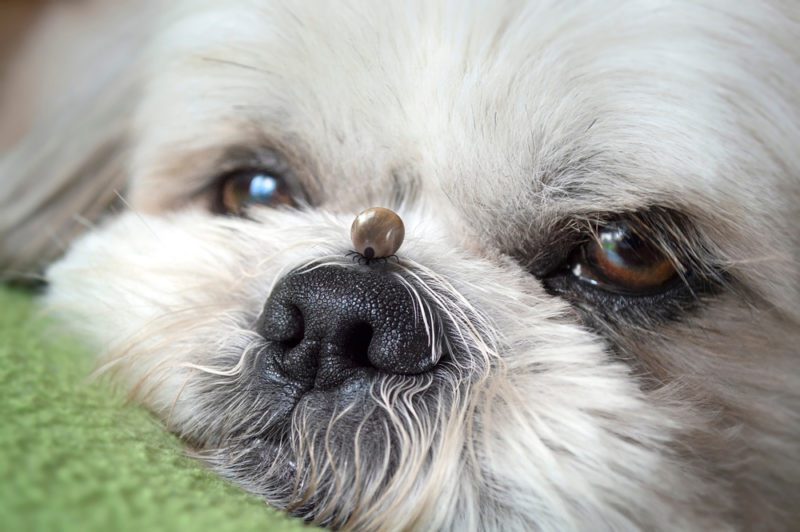
Babesia Canis infection, also known as Biliary or Tick Bite Fever, is a life threatening illness in dogs that is caused by the bite of a single tick.
The parasite goes into the bloodstream of the host (your dog) and starts multiplying and invading other red blood cells.
Do only certain types of ticks cause Babesia in dogs?
Yes. The ticks that mainly prey on dogs are the Yellow dog tick (Haemophysalis leachi) and the Kennel tick (Rhipicephalus sanguineus). Ticks infected with Babesia canis will be able to transmit the disease. The parasite infects a dog by means of a tick bite and enters the bloodstream through the tick’s saliva. Once the tick bites your dog, it needs to remain attached to the animal for at least 24 hours for the parasite to be ‘activated’ and transmitted via the saliva of the tick into the dog’s bloodstream. Symptoms of tick bite fever in dogs will become apparent from 7-21 days after infection.
Symptoms of biliary in dogs:
- Anaemia (mucous membranes will be lighter in colour)
- Anorexia (not eating)
- Lethargy and depression
- Vomiting
- Fever
- Icterus (evidenced by gums turning yellow)
- Dark or bloody urine
Diagnosis
The diagnosis is quickly made by an experienced veterinarian, on a blood smear under a microscope. Blood is preferably collected from a dog’s ear.
Treatment
Non-complicated biliary cases will usually recover with treatment with an anti-protozoal drug such as Berenil RTU (Reg No. G2702 Act 36/1947) or Forray 65 (Reg No. G1442 Act 36/1947). ALWAYS make sure a veterinarian administers the drug. These injections can harm the patient if the dose is incorrect or if the patient does not have Babesia in the first place!
Complicated biliary cases with multiple organ involvement will need hospitalisation with more intensive treatment such as blood transfusions, drips, cortisone treatment, tube feeding, oxygen supplementation etc.
Tick Bite Fever Prevention
Prevention is always better than cure. We strongly recommend using tick prevention year-round. Whilst there are still collar and dip options on the market, the new oral treatments have proven to be both safer and more effective. They are less smelly and so much easier to ensure the correct dose is given and maintained.
After walks and being in tick-infested areas a check/groom of your pet and physical removal of any ticks found is an excellent way of preventing them biting. Ticks often end up in dark places, under ear flap, between toes, under “armpit” and in the groin area.
NB: Cats are very sensitive to poisons and dips, and only a few products are safe for them to use. If the label doesn’t say “for cats”, then don’t use it.